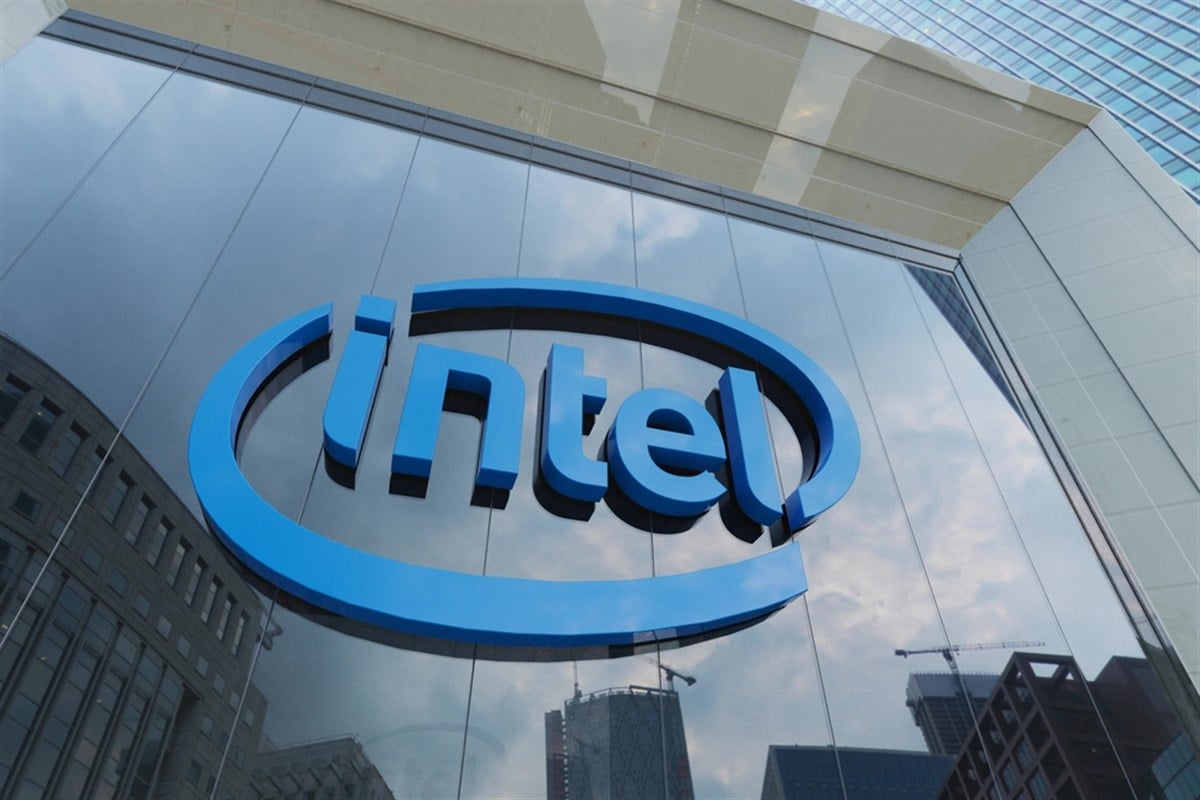|
|
|

|
|||||

|
|

The market landscape seems rocky and challenging for investors, considering Intel Corporation (NASDAQ: INTC). The stock is trading near the low end of its 52-week range, with an analyst consensus rating of Reduce.
This widespread pessimism, fueled by past manufacturing delays and market share losses, has pushed the company’s valuation to a significant discount, with a price-to-book ratio (P/B) of approximately 0.80, suggesting the market values Intel at less than the stated worth of its physical assets.
This negative perception, however, is creating a classic contrarian opportunity. While the market focuses on Intel’s past struggles, it largely overlooks three mighty, forward-looking pillars of a turnaround already delivering tangible results.
For long-term investors, the disconnect between Intel’s analyst community and the reality of Intel's progress may represent a compelling entry or accumulation point.
Intel’s most ambitious long-term strategy, its foundry business, is rapidly moving from a theoretical plan to a commercial reality. Anchored by multi-billion-dollar support from the U.S. CHIPS Act, Intel Foundry is positioned as a strategic, onshore manufacturing partner in an increasingly complex geopolitical world.
More importantly, the business is now being validated by major industry leaders who are committing to use its most advanced technology, providing tangible proof that its roadmap is competitive.
Recent cornerstone commitments include:
For investors, securing commitments from this caliber of industry leaders significantly de-risks the foundry execution story.
These are concrete business deals that powerfully validate Intel’s technology and demonstrate a clear path to the long-term, high-margin revenue that the market is currently discounting.
While building its foundry for the future, Intel is simultaneously launching an aggressive and pragmatic assault on the lucrative AI accelerator market. The company is directly challenging NVIDIA's market dominance with its Gaudi 3 AI accelerator, built on a clear and compelling value proposition of elite performance at a competitive price.
With an 8-accelerator kit priced at approximately $125,000, Gaudi 3 is positioned as a powerful alternative for enterprise customers struggling with the high cost and limited supply of competing solutions.
This value-focused strategy is already gaining commercial traction. Reports of early adoption by major industrial and enterprise companies indicate that a viable market exists for a strong second-source supplier in AI hardware.
To support this push, Intel's venture arm, Intel Capital, has also launched a new $500 million fund to invest in AI software startups. This is a strategic long-term play to build out a software ecosystem around its hardware, encouraging development and fostering wider adoption.
For investors, this multi-pronged strategy establishes a credible beachhead in the enterprise AI market and creates a new, high-growth revenue stream.
While pursuing future growth engines, Intel is also successfully revitalizing its core, revenue-driving PC business. The recent official launch of laptops featuring the new Lunar Lake processors marks the first major product victory under the company's renewed focus on execution.
The consensus from independent reviewers has been overwhelmingly positive, highlighting two key breakthroughs that directly address past criticisms.
First, Lunar Lake delivers class-leading power efficiency, resulting in what many are calling "all-day battery life" in premium thin-and-light laptops. This success makes Intel highly competitive in the most profitable segment of the PC market.
Second, the chip's powerful on-device Neural Processing Unit (NPU) for AI tasks establishes Intel's leadership in the emerging AI PC category. This market, driven by new AI-powered features in operating systems like Windows, is expected to fuel the next major computer upgrade cycle.
For investors, it is tangible proof that the company's design and engineering excellence have returned. This success can drive market share gains and a higher-margin product mix in what remains the company's largest revenue segment.
The story around Intel has been heavily shaped by its recent difficulties. Still, a look ahead shows a company built on three strong pillars of growth: a foundry business proven by top-tier clients, an aggressive AI plan that is gaining commercial success, and a revitalized core product line that is again delivering highly praised products.
This mountain of real progress sharply contrasts with the company's current stock valuation.
The prevailing negative market sentiment is creating a significant disconnect between perception and reality.
For investors with a long-term time horizon, this gap between the company's demonstrated progress and Intel’s current stock price may represent a compelling opportunity to invest in a turnaround that is already well underway.
Before you make your next trade, you'll want to hear this.
MarketBeat keeps track of Wall Street's top-rated and best performing research analysts and the stocks they recommend to their clients on a daily basis.
Our team has identified the five stocks that top analysts are quietly whispering to their clients to buy now before the broader market catches on... and none of the big name stocks were on the list.
They believe these five stocks are the five best companies for investors to buy now...
The article "Wall Street Has Left Intel for Dead—Here's Why You Shouldn’t" first appeared on MarketBeat.
| 11 min | |
| 27 min | |
| 42 min | |
| 58 min | |
| 1 hour | |
| 1 hour | |
| 1 hour | |
| 1 hour | |
| 1 hour | |
| 2 hours | |
| 2 hours | |
| 2 hours | |
| 3 hours | |
| 3 hours | |
| 3 hours |
Join thousands of traders who make more informed decisions with our premium features. Real-time quotes, advanced visualizations, backtesting, and much more.
Learn more about FINVIZ*Elite